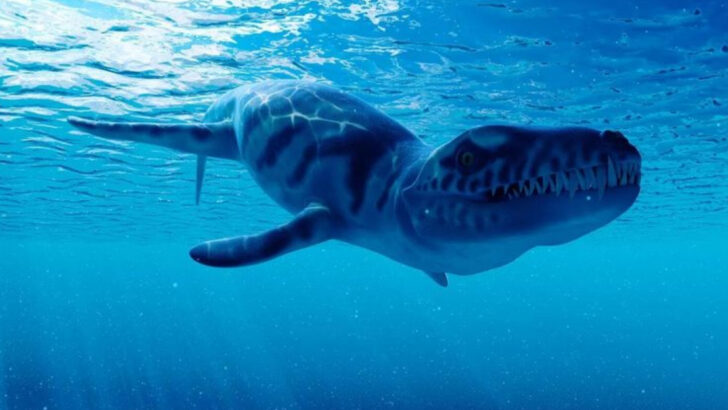Some of Earth’s deadliest beasts never walked the land—they ruled the oceans.
Forget Megalodon. That’s the warm-up act.
There were sea monsters so massive, so jaw-droppingly brutal, they made even prehistoric sharks look like minnows in comparison.
These weren’t your average fishy foes.
We’re talking reptiles with necks longer than buses, jaws lined with dagger-teeth, and bodies built to crush anything foolish enough to get close.
Imagine crossing a crocodile with a torpedo and giving it the attitude of a T. rex—that’s the level of nightmare fuel we’re diving into.
From armored giants to ambush predators that could swallow you whole, the ancient oceans were a brutal battlefield.
And Megalodon? He was just trying to keep up.
Let’s meet the underwater monsters that made even apex predators rethink their life choices.
Liopleurodon

With a jaw that could crush bones, the Liopleurodon reigned supreme in Jurassic seas. This fearsome predator, known for its incredible size and power, could weigh up to 30 tons. Its sharp teeth were perfect for grabbing slippery prey.
Swimming with powerful strokes, it was a master of ambush. Scientists marvel at its keen sense of smell, which it used to track prey miles away. Imagine crossing paths with this titanic hunter; escape would be futile.
Fossils suggest it measured over 25 meters, making it a true leviathan of its time.
Mosasaurus
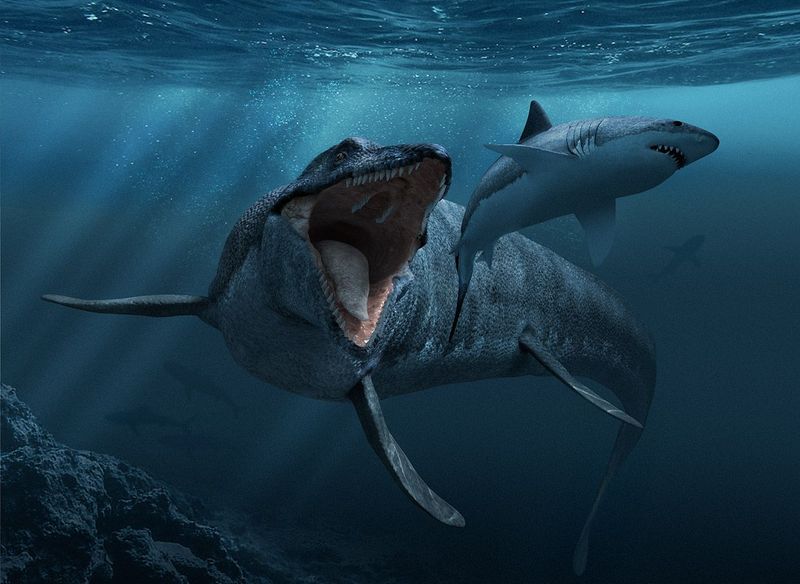
The Mosasaurus was the T. rex of the ocean. Its powerful jaws contained hundreds of sharp teeth, perfect for tearing apart its prey. Reaching lengths of up to 56 feet, it was a true titan.
Its streamlined body and powerful tail enabled fast swimming, making it a formidable predator.
The Mosasaurus lived during the late Cretaceous period, and its fossils have been found on every continent. This adaptability allowed it to dominate the seas, preying on fish, sharks, and even other marine reptiles. Truly, a monster of legendary proportions.
Kronosaurus
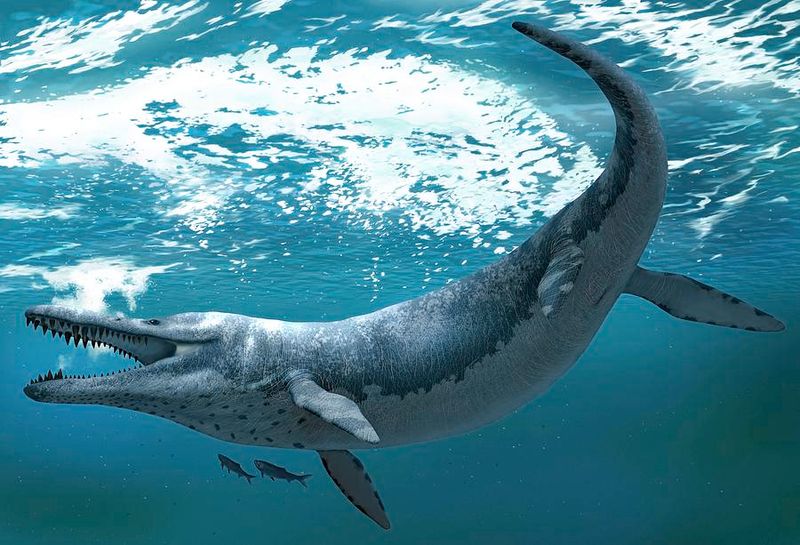
Named after the leader of the Titans, Kronosaurus was a colossal predator. Its massive jaws, filled with conical teeth, could crush the shells of its prey. Reaching lengths of 10 meters, it was one of the largest pliosaurs.
This creature prowled the ancient seas, using its powerful flippers to glide effortlessly through the water.
Fossils found in Australia and Colombia reveal its global reach. Kronosaurus fed on turtles and other marine reptiles, showing no mercy. Its sheer power and size made it a top predator of its time.
Shastasaurus

Meet Shastasaurus, the gentle giant of the Triassic seas. Despite its massive size, reaching up to 21 meters, it fed primarily on squid and small fish.
Unlike other predators, its conical teeth were not used for tearing flesh but for suction feeding. This unique diet set it apart.
Shastasaurus’s barrel-shaped body and dolphin-like appearance made it a superb swimmer. Its fossils, found in North America and China, tell the story of a peaceful giant that thrived in a world of danger. A true testament to nature’s versatility.
Megalneusaurus
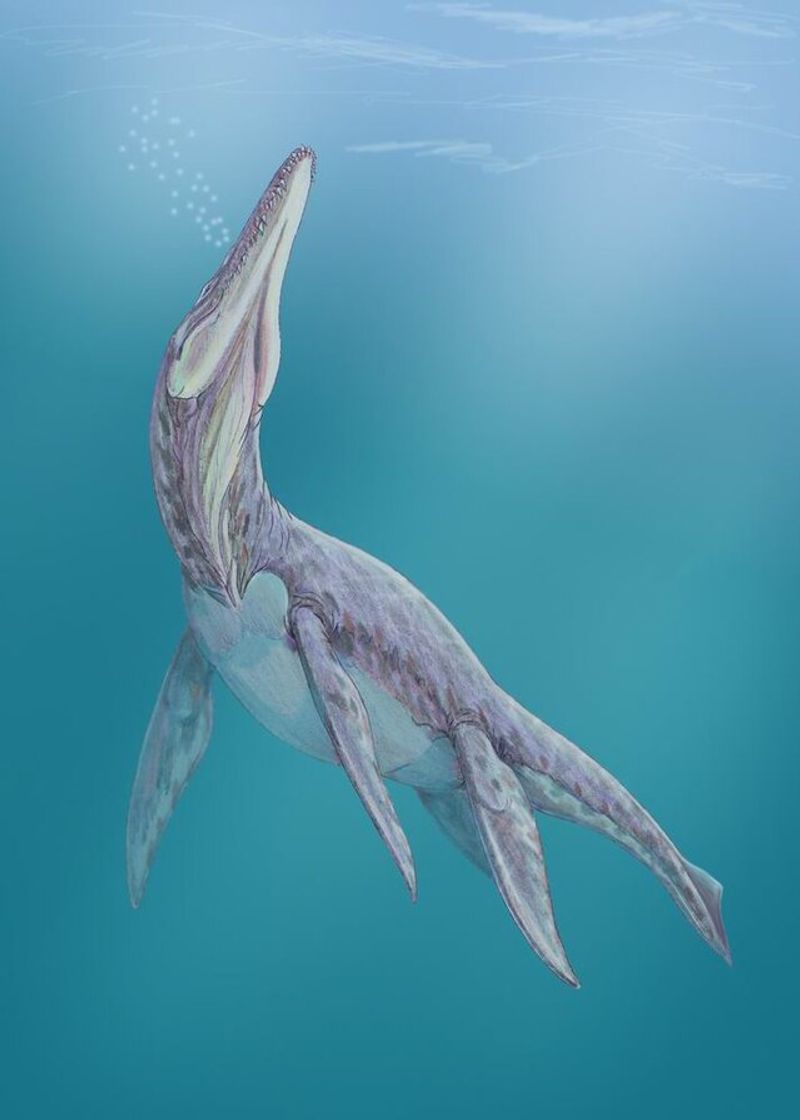
In the Jurassic seas of North America, Megalneusaurus was a force to be reckoned with. This massive pliosaur, known for its broad body and immense power, hunted with precision and strength.
Its fossils were first discovered in Wyoming, providing a glimpse into its fearsome nature. Scientists estimate it reached lengths of over 7 meters.
Its diet likely consisted of large fish and other marine reptiles, showcasing its predatory prowess. The Megalneusaurus ruled its domain with an iron grip, leaving a lasting impression on the fossil record.
Dakosaurus
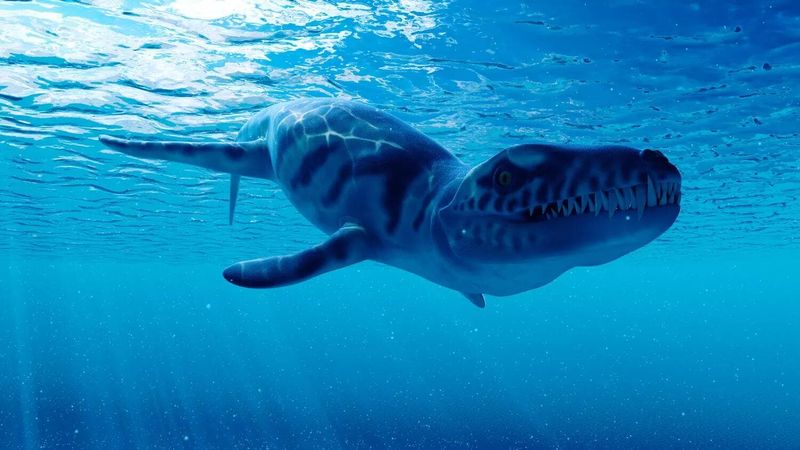
Often called the ‘Godzilla’ of the sea, Dakosaurus was a terrifying marine predator. Its serrated teeth were perfect for slicing through flesh, earning it the nickname “cutter lizard.”
This creature prowled the seas during the Jurassic period, reaching up to 5 meters in length.
Dakosaurus’s crocodile-like appearance and hunting strategy were unique among marine reptiles. It likely ambushed its prey from below, using stealth and speed. Its fossils, found in Europe and South America, tell the tale of a cunning and efficient hunter.
Thalattoarchon
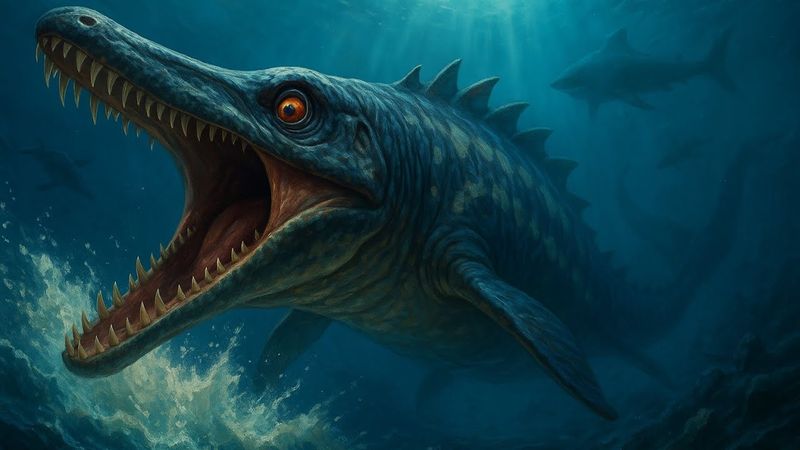
Thalattoarchon was an apex predator of the Triassic seas. Boasting a robust body and fearsome jaws, it could take on prey nearly its own size.
This ichthyosaur exemplified evolutionary success, thriving in a time of great diversity. Reaching lengths of 8 meters, it was a formidable presence.
Fossils discovered in Nevada provide invaluable insights into its life. Its name means ‘ruler of the seas,’ and fittingly so, for it dominated its marine realm with undisputed authority. An awe-inspiring symbol of nature’s might, Thalattoarchon’s legacy endures in the fossil record.
Tylosaurus

Tylosaurus was one of the largest mosasaurs, its elongated body reminiscent of a modern-day Komodo dragon. Armed with sharp teeth and a powerful bite, it was a top predator of the Cretaceous seas.
This marine reptile reached lengths of up to 14 meters, showcasing its dominance. Its fossils, found predominantly in North America, illustrate a creature perfectly adapted to its environment.
Tylosaurus hunted fish, sharks, and even smaller mosasaurs, asserting its place in the oceanic hierarchy. A true embodiment of prehistoric power and majesty.
Basilosaurus
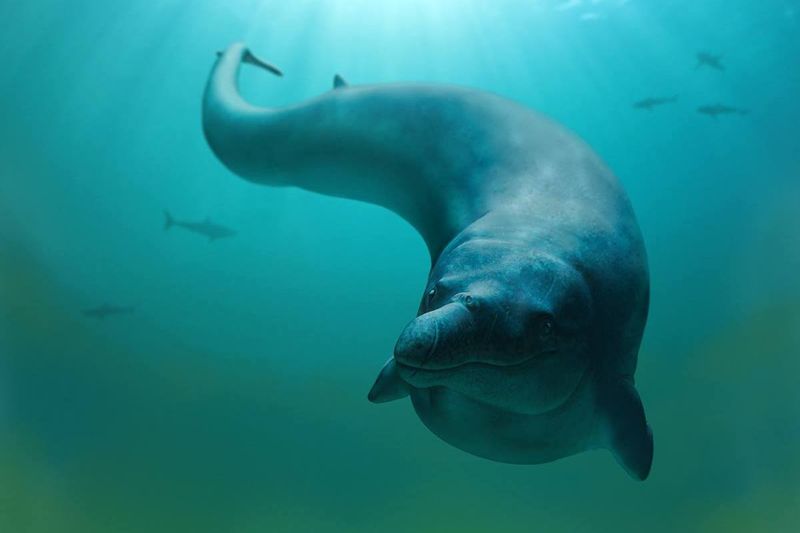
Despite its misleading name, Basilosaurus was not a reptile but an ancient whale. Its elongated, serpentine body stretched over 18 meters, creating an imposing presence.
This Eocene-era giant had vestigial hind limbs, a nod to its terrestrial ancestors. Fossils unearthed in Egypt and the United States highlight its extensive range.
Basilosaurus fed on fish and smaller whales, dominating its ecosystem. Its unique blend of primitive and modern features fascinates scientists, illustrating the evolutionary journey of whales. A true marvel of the ancient seas, Basilosaurus continues to captivate imaginations.
Helicoprion
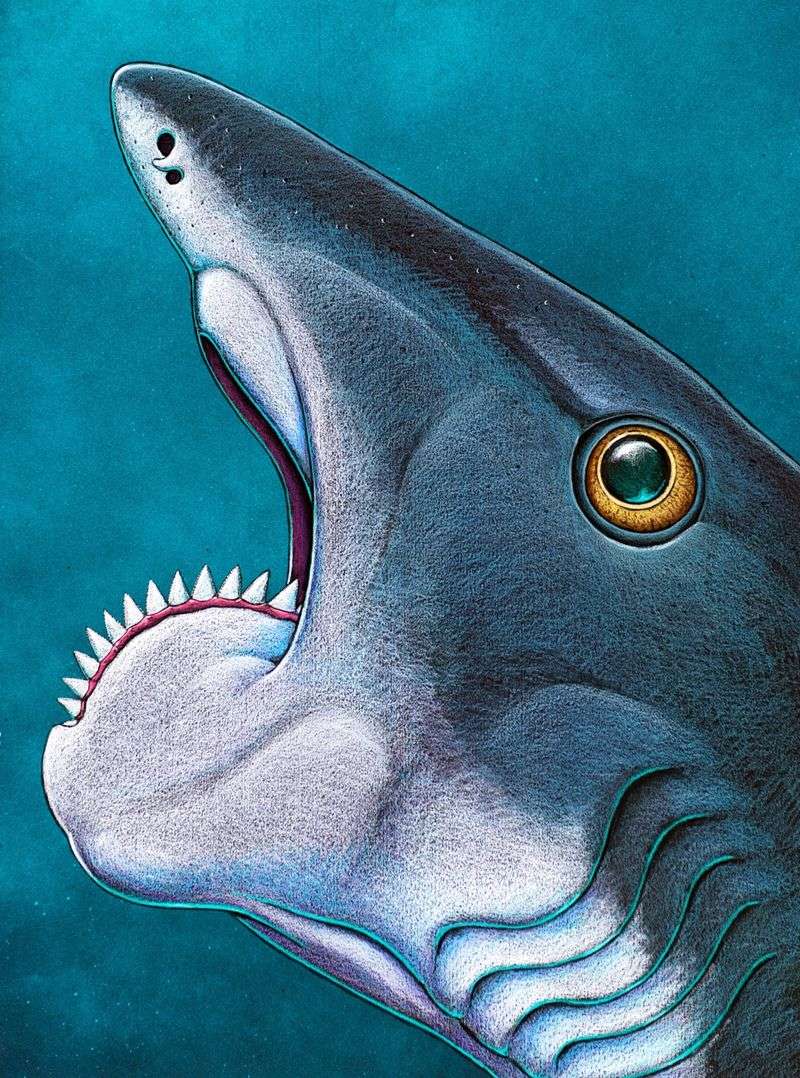
Helicoprion’s spiral jaw is the stuff of legend. This bizarre feature, unlike anything seen before or since, housed rows of sharp teeth, making it a formidable predator.
Living during the Permian period, Helicoprion’s fossilized jaws have puzzled scientists for years. Estimates suggest it reached lengths of over 4 meters.
The shark’s unique anatomy allowed it to slice through prey with ease, cementing its status as a top predator. Helicoprion’s enigmatic nature and distinctive jaw continue to intrigue and inspire wonder in paleontologists worldwide.
Leedsichthys
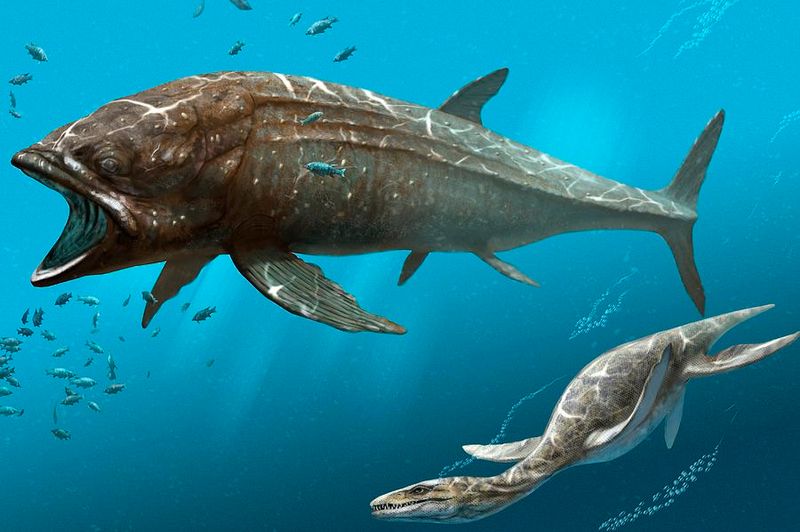
Leedsichthys takes the crown for the largest fish ever to exist. Growing up to 16 meters long, this gentle giant fed on plankton, much like modern whales.
Its enormous size and gaping mouth set it apart in the Jurassic seas. Fossils discovered in England offer a glimpse into its life.
Despite its massive size, Leedsichthys was not a predator, but a filter feeder. Its presence in the ocean symbolized the richness of marine life during its time. A true leviathan of the deep, it remains a fascinating subject for researchers.

